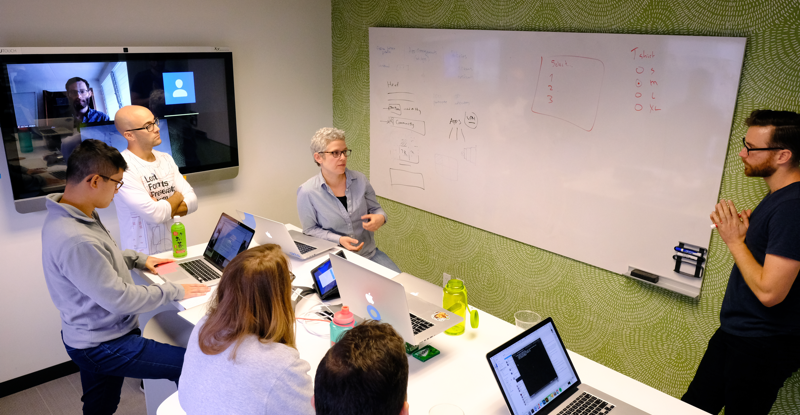By Derek Neighbors, Published on July 22, 2013
So many Scrum teams struggle with planning on every level. Whether it be creating initial stories, decomposing stories, estimating stories or breaking them down into tasks. There is a notion that planning should be easy because we are smart, but the reality is planning is just plain hard. Teams tend to focus on estimation and how it is bad, meaningless or just a waste. It leaves them begging for someone to help them learn how to plan software.

“A goal without a plan is just a wish.” – Antoine de Saint-Exupery
Why do teams find things always take longer than expected? How can they spend an hour or even a full day planning one or two weeks worth of work to only find that they missed so much of the work necessary to actually complete the work? They scratch their heads because they just can’t seem to get better at planning.
Here are a few tips change how you plan software to become more effective and efficient.
- Draw. That is right, get up to a white board and draw out your thoughts. Not everyone thinks, understands or processes information the same way. Your brain works differently when it comprehends visually and when you express yourself through writing/drawing. Open up new neural pathways to think about the problems at hand.
- Visualize the flow of how data, interaction or experience works.
- Wireframe out anything visual so that there are concrete samples of how it works.
- Ask and answer the following questions. They will help guide discussion around easy to forget or often assumed interactions.
- How do I get there?
- What do I do when I am there?
- What happens when I do it?
- What happens if it goes right?
- What happens if it goes wrong?
- Where do I go when I am done?
- Verify that all the acceptance criteria/conditions of satisfaction have been covered.
- Task the work based on the information created in the above steps
- If you are estimating time on tasks make no single task greater than 2 hours.
- Commit as a team to the results desired from executing the plan
(ProTip: Use the above as a checklist before committing to each story)
Many people feel that planning is a waste. This may be true if there is no desire to understand the outcome or the path to get there. The more value placed on having some prediction of how things will play out, the more desirable planning becomes. It is important to note that all planning is a form of prediction. Predictions are not 100% reliable, but that does not render them useless by default.
The power of the plan lies the ability to commit to executing the intended results. Not necessarily the path taken to do so.
“Unless commitment is made, there are only promises and hopes; but no plans.” – Peter Drucker
In the end. Do what you feel is right.